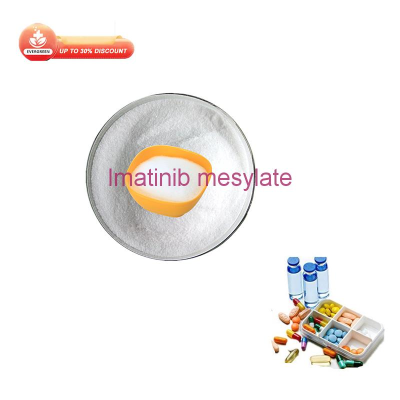-
Categories
-
Pharmaceutical Intermediates
-
Active Pharmaceutical Ingredients
-
Food Additives
- Industrial Coatings
- Agrochemicals
- Dyes and Pigments
- Surfactant
- Flavors and Fragrances
- Chemical Reagents
- Catalyst and Auxiliary
- Natural Products
- Inorganic Chemistry
-
Organic Chemistry
-
Biochemical Engineering
- Analytical Chemistry
- Cosmetic Ingredient
-
Pharmaceutical Intermediates
Promotion
ECHEMI Mall
Wholesale
Weekly Price
Exhibition
News
-
Trade Service
Recently, a stack of report sheets were placed in front of the eyes of 41-year-old Ms.
Advanced gallbladder cancer was detected, and there was no chance of surgical chemotherapy
A year ago, I didn't pay attention to the physical examination
Ms.
It was not until two weeks ago that Ms.
After a series of tests, doctors highly suspected that Ms.
The examination showed that Ms.
The onset is insidious and mostly asymptomatic in the early stages
As soon as it was discovered, it was already in its late stages
Ms.
The doctor explained that the onset of gallbladder cancer is insidious, mostly asymptomatic in the early stage, and is often referred to as the "invisible killer"
The early stage of gallbladder cancer is screened without symptoms and specific tumor markers, and the key lies in the screening and prevention
Risk factors for gallbladder cancer have been identified as gallbladder stones, adenomatous polyps of the gallbladder, bile duct cysts, gallbladder-pancreatic duct abnormal confluence, yellow granulomatous inflammation of the gallbladder, porcelain or atrophic gallbladder
Possible risk factors include adenomyosis of the gallbladder, smoking, and metabolic disorder syndrome
Chinese medicine believes that hepatic depression or damp heat connotation, partial preference for fat and sweet and emotional depression are the causes and mechanisms of gallbladder stones, stones as the standard, qi stagnation as the basis
Targets these risk factors
The doctor makes separate recommendations
For high-risk groups, emphasis is placed on effective imaging screening and positive and standardized interventional treatment
For people with risk factors, Chief Physician Yu Jixian of the Department of Oncology recommends:
Gallbladder stones
Cholecystectomy is recommended for patients with typical symptoms, regardless of whether the stone is single or multiple; In patients with atypical symptoms, cholecystectomy is indicated after exclusion of other digestive disorders
Asymptomatic patients with cholecystectomy are recommended if:
1.
2.
3.
4.
Porcelain gallbladder
.
5.
Diabetes
.
6.
Significant thickening of the gallbladder wall requires surgical resection, and parallel intraoperative rapid medical examination
.
7.
Combined with yellow granulomatous cholecystitis
.
Polyp-like lesions of the gallbladder
In patients with clinical symptoms and excluding cholesterol crystals in the gallbladder, there is no significant relief of symptoms after choleretic treatment, and it is recommended to remove the gallbladder
.
Removal of the gallbladder is recommended in asymptomatic patients with the following:
1.
Combined with gallbladder stones
.
2.
Maximum diameter more than 10mm (CT, MRI, endosonic or ultrasonic angiography
).
3.
The base is wide
.
4.
Slender pedicular sac growth, good blood supply, enhance CT to see polyps significantly strengthened
.
5.
The lesion is located in the neck of the gallbladder or near the opening
of the gallbladder duct.
If there is not yet sufficient indication for surgery, and the following conditions are combined, removal of the gallbladder is recommended:
1.
Be over 50 years old
.
2.
The maximum diameter is less than 8mm, but compared with the results of imaging (CT or MRI) re-examination within 1 year, there is significant growth of
the lesion.
3.
Those with
a diameter of 6mm, and enhanced CT are significantly strengthened, indicating a better blood supply.
In cases other than the above, regular review is conducted
.
Atrophy / thick-walled / porcelain gallbladder
1.
The gallbladder atrophy is clearly no longer functional
.
2.
In the non-acute inflammatory state, the thickening of the capsule wall > 1.
0cm, which is clear that there is no function
.
3.
B ultrasound or CT and other found gallbladder porcelainizer
.
These gallbladders are recommended for removal
.







